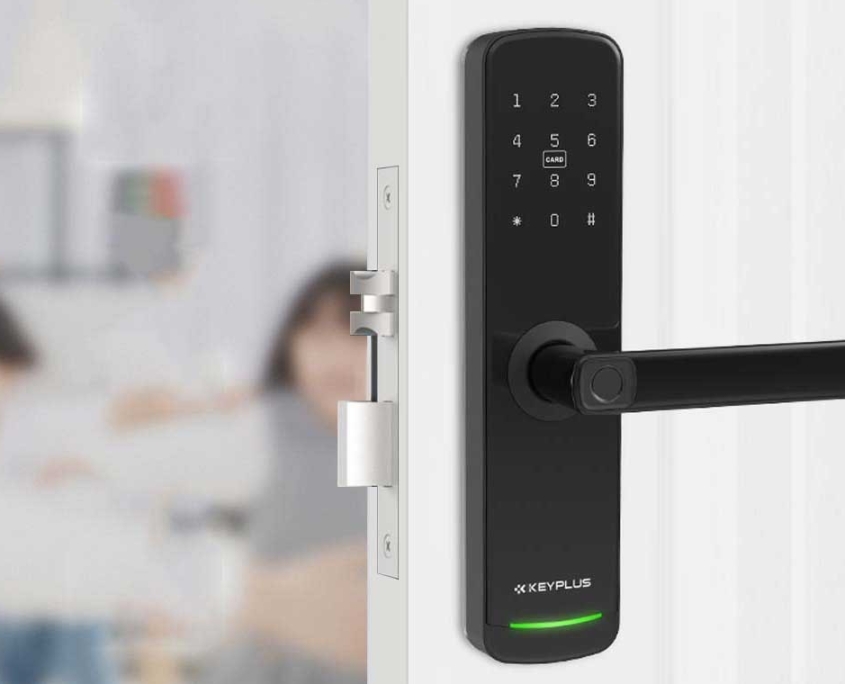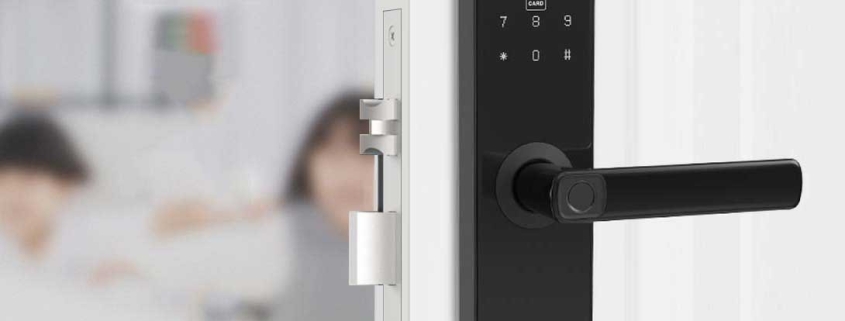What Is a Wi-Fi Deadbolt?
What Is a Wi-Fi Deadbolt? The Complete Guide to Smart Lock Technology
In the age of smart homes, keys are becoming obsolete. Instead, homeowners are turning to Wi-Fi deadbolts—a high-tech locking system that allows you to control your door remotely using a smartphone, voice commands, or even automatic schedules.
But what exactly is a Wi-Fi deadbolt, and how does it differ from traditional locks?
This guide covers:
Definition & how it works
Key features & benefits
Security considerations
Best Wi-Fi deadbolt models
By the end, you’ll know whether a Wi-Fi deadbolt is the right choice for your home.
1. What Is a Wi-Fi Deadbolt?
A Wi-Fi deadbolt is a smart lock that replaces or upgrades a traditional deadbolt by connecting to your home’s Wi-Fi network. Unlike standard deadbolts, which require a physical key, a Wi-Fi deadbolt can be controlled:
-
Remotely (via smartphone app)
-
By voice (using Alexa, Google Assistant, or Siri)
-
Automatically (based on schedules or geofencing)
How It Differs from Other Smart Locks:
| Feature | Wi-Fi Deadbolt | Bluetooth Deadbolt | Traditional Deadbolt |
|---|---|---|---|
| Remote Access | Yes (anywhere) | No (short-range only) | No |
| Voice Control | Yes | Sometimes | No |
| Requires Hub? | No (connects directly to Wi-Fi) | Sometimes | No |
| Power Source | Batteries | Batteries | Mechanical |
2. How Does a Wi-Fi Deadbolt Work?
A. Wireless Connectivity
-
Connects to home Wi-Fi (2.4GHz or 5GHz networks).
-
Some models also support Zigbee/Z-Wave for smart home integration.
B. Access Methods
You can unlock a Wi-Fi deadbolt in multiple ways:
-
Smartphone App (Lock/Unlock from anywhere)
-
Voice Commands (“Alexa, lock the front door.”)
-
Keypad Entry (PIN codes for guests)
-
Physical Key (Backup in case of power failure)
-
Auto-Unlock (Detects your phone approaching)
C. Power & Battery Life
-
Runs on AA or lithium batteries (lasts 6-12 months).
-
Sends low-battery alerts to your phone.
-
Some models have emergency power ports (USB or 9V battery).
D. Security Encryption
-
Uses AES-128 or AES-256 encryption to prevent hacking.
-
Some brands offer two-factor authentication (2FA).

3. Key Benefits of a Wi-Fi Deadbolt
A. Remote Access & Control
Lock/unlock from anywhere (great for letting in guests or workers).
Check lock status in real-time (no more “Did I lock the door?”).
B. No More Lost Keys
Keyless entry via app, PIN, or fingerprint (in some models).
Grant temporary access (for cleaners, Airbnb guests, dog walkers).
C. Smart Home Integration
Works with Amazon Alexa, Google Home, Apple HomeKit.
Can trigger other smart devices (e.g., lights turning on when unlocked).
D. Activity Logs
Tracks who entered & when (useful for security monitoring).
4. Potential Security Risks & How to Mitigate Them
Risk #1: Wi-Fi Hacking
-
Hackers can exploit weak passwords or unsecured networks.
Solution: Use WPA3 encryption, strong passwords, and 2FA.
Risk #2: Power or Internet Outages
-
If Wi-Fi goes down, remote access may stop working.
Solution: Choose a model with Bluetooth backup or a physical key.
Risk #3: Firmware Vulnerabilities
-
Outdated software can have security flaws.
Solution: Enable auto-updates or manually check for updates.
Risk #4: Physical Tampering
-
Some smart locks can be pried open if poorly installed.
Solution: Install properly, use reinforced strike plates, and pair with a security camera.
5. Installation & Maintenance Tips
A. Installation
-
Most Wi-Fi deadbolts are DIY-friendly (fits standard door prep).
-
Some require professional installation (check compatibility first).
B. Maintenance
-
Replace batteries before they die (lithium lasts longer).
-
Keep firmware updated for security patches.
-
Test Wi-Fi signal strength near the lock.
Conclusion: Is a Wi-Fi Deadbolt Right for You?
Best For:
-
Tech-savvy homeowners who want remote access.
-
Rental/Airbnb hosts needing temporary guest access.
-
Families who want keyless convenience.
Not Ideal For:
-
Off-grid homes (if Wi-Fi is unreliable).
-
Extreme security needs (should be paired with a traditional deadbolt).
Final Verdict:
A Wi-Fi deadbolt is a game-changer for modern homes—offering convenience, flexibility, and enhanced security. As long as you follow best practices (strong passwords, updates, and proper installation), it’s a worthy upgrade from traditional locks.
Would you switch to a Wi-Fi deadbolt? Let us know in the comments!



